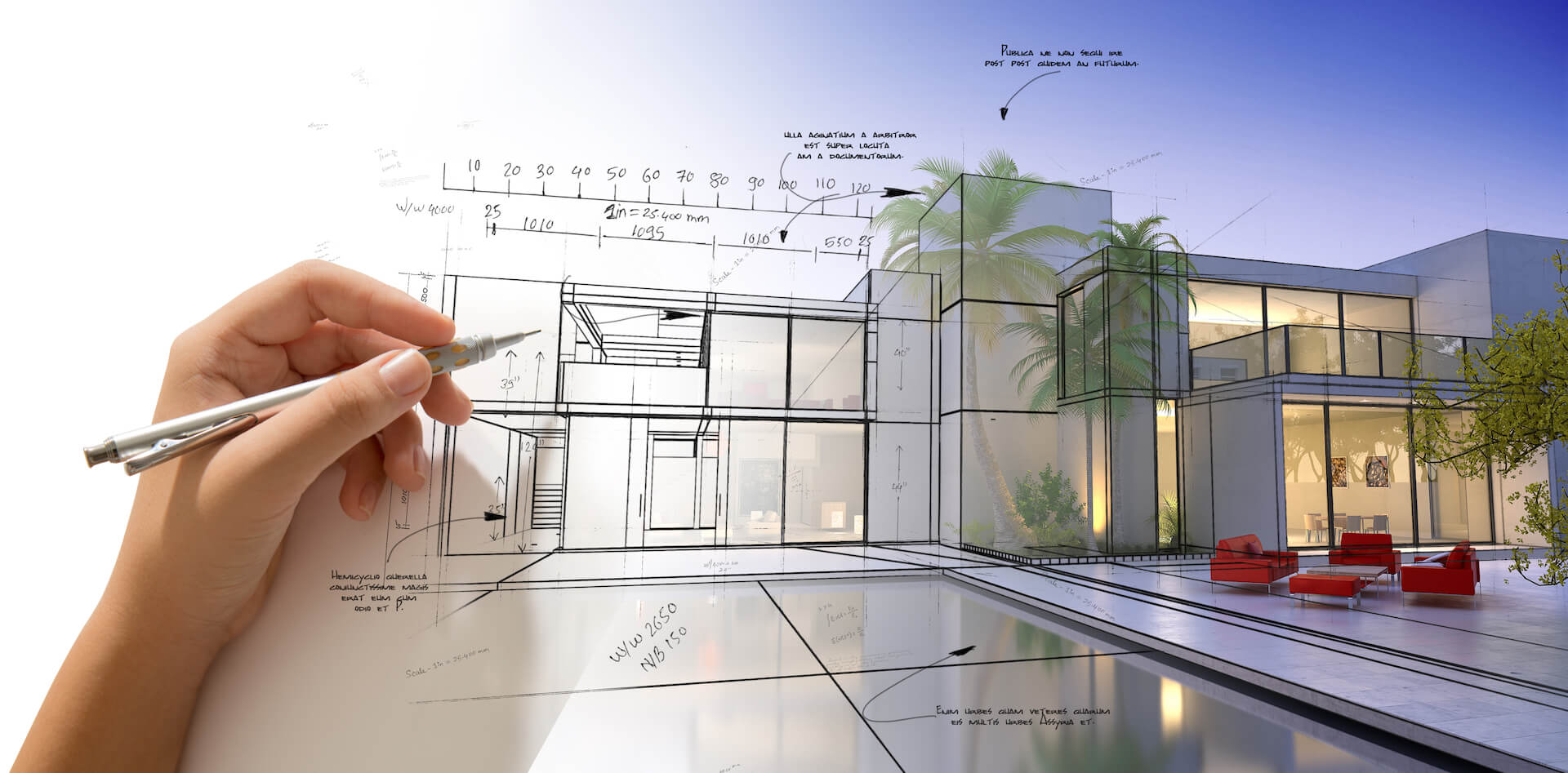Visualization is a crucial aspect of architectural design that allows architects to bring their ideas to life and effectively communicate their vision to clients, stakeholders, and construction teams. It involves creating realistic and accurate representations of architectural designs through various mediums such as sketches, renderings, 3D models, and virtual reality experiences. In recent years, the use of advanced visualization techniques has become increasingly popular in architecture, revolutionizing the way projects are conceptualized, developed, and presented.
Enhancing Communication and Collaboration
One of the primary reasons why is so important in architectural visualization ( also known as ‘arkitektonisk visualisering’ in the Danish Language) design is its ability to enhance communication and collaboration between architects, clients, and other stakeholders involved in the project.

Image Source: Google
Architectural designs can often be complex and difficult to understand for individuals who do not have a background in architecture. By using visual tools, architects can effectively convey their ideas, design concepts, and spatial relationships in a way that is easy to comprehend.
Improving Decision Making
Visualization plays a crucial role in improving decision-making throughout the architectural design process. By visualizing a design before it is constructed, architects can identify potential issues, evaluate different design options, and make informed decisions to optimize the project. This not only saves time and resources but also helps prevent costly mistakes during the construction phase.
Streamlining the Approval Process
The visualization of architectural designs also plays a crucial role in streamlining the approval process. When presenting a design to clients or regulatory authorities, it is essential to clearly illustrate the proposed design and its compliance with relevant building codes and regulations.
